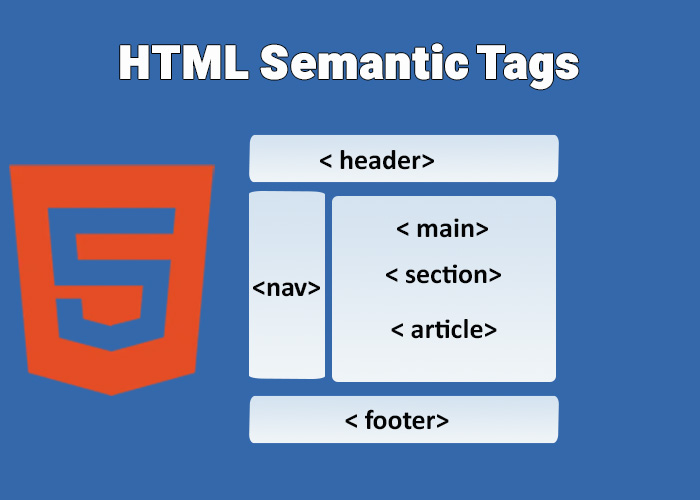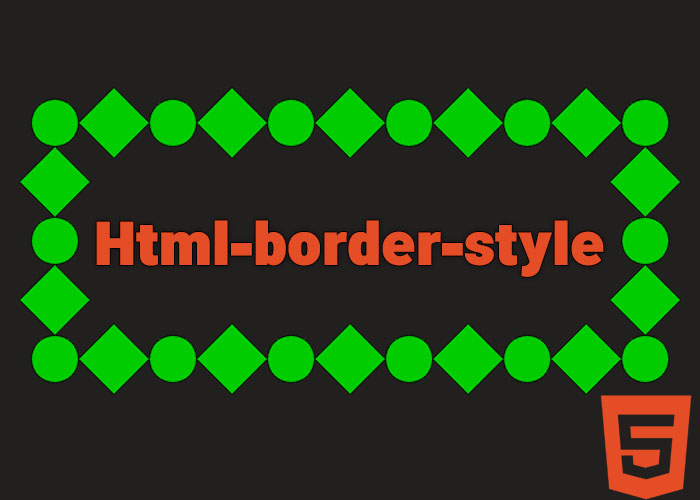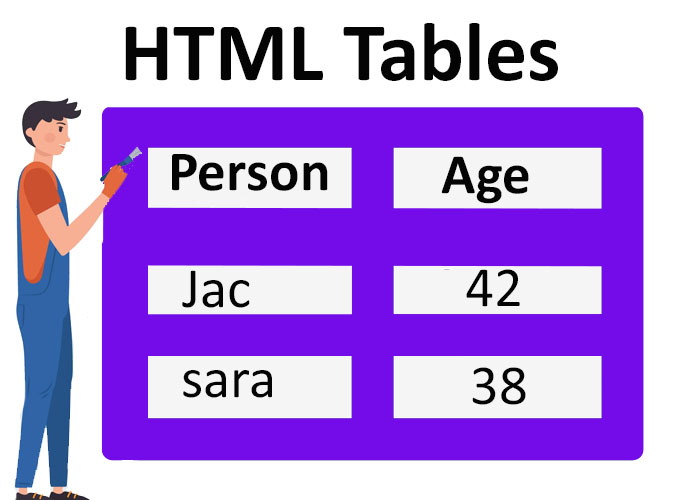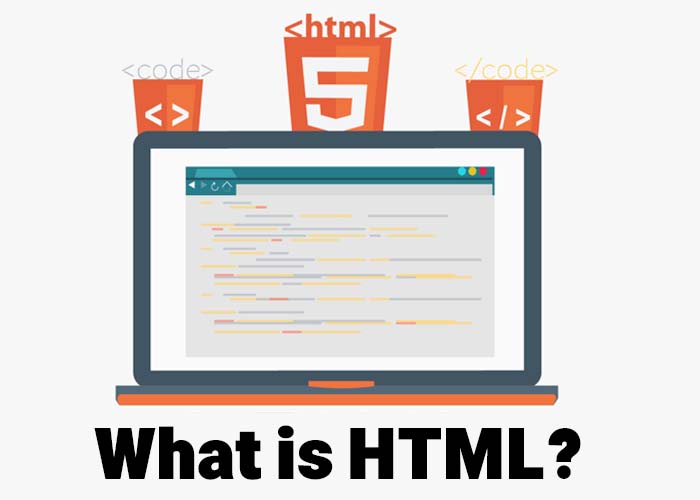HTML semantic tags are a vital aspect of modern web development, providing clear meaning and structure to your code, which makes it more understandable for both browsers and humans. By using semantic HTML, you improve the overall readability of your code. Additionally, semantic HTML enhances SEO and accessibility for users with assistive technologies. In this guide, we will explore what HTML semantic tags are, why they are important, and how to use them effectively in your projects. If you are new to HTML, make sure to check out our What is HTML? A Comprehensive Guide for a foundational overview.
What Are HTML Semantic Tags?
Semantic HTML tags are elements that clearly describe their meaning in a way that is understandable to both developers and browsers. Unlike non-semantic tags like <div> and <span>, which do not indicate anything about the content they enclose, semantic tags provide valuable context. For example, tags like <header>, <footer>, <article>, and <section> specify the role and purpose of the content they contain.
Using semantic tags helps you create web pages that are organized in a meaningful way. This makes it easier for users to navigate the page, search engines to index the content, and developers to maintain the code.
Why Use Semantic HTML?
Semantic HTML offers numerous benefits that contribute to a better overall web experience:
Improved SEO: Search engines like Google use semantic tags to better understand the content of your page, which can lead to improved search rankings. Tags like <article> or <header> help search engines determine the structure and hierarchy of your content more effectively, making it easier to identify key topics and relationships within the page.
Accessibility: Assistive technologies, such as screen readers, rely on semantic HTML to convey meaningful information to users with disabilities. Semantic tags improve the experience for users by enabling easier navigation through well-structured content.
Maintainability: Semantic tags provide a well-organized structure to your code, making it more readable and easier to maintain. Future developers or even your future self will find it simpler to understand and work on the project.
Better Collaboration: When multiple developers work on the same codebase, using semantic tags ensures everyone understands the intended purpose of each section, which leads to smoother collaboration and a more efficient development process.
Common HTML Semantic Tags
There are several commonly used semantic tags that you can leverage to structure your content more effectively. Let's explore them, along with examples to illustrate their uses.
1. <header> Tag
The <header> tag is used to define the introductory content or navigational links for a webpage or section. Typically, it contains a logo, headings, or a navigation menu. The <header> tag is often used consistently across multiple pages to maintain a uniform look and improve site navigation, providing a familiar starting point for users.
Example:
<header>
<h1>Welcome to My Website</h1>
<nav>
<ul>
<li><a href="#">Home</a></li>
<li><a href="#">About</a></li>
<li><a href="#">Contact</a></li>
</ul>
</nav>
</header>
The <header> tag provides a clear indication that this part of the webpage contains important introductory or navigational content.
2. <nav> Tag
The <nav> tag is used specifically for defining a block of navigation links. This helps both search engines and users identify the main navigation elements of your website.
Example:
<nav>
<ul>
<li><a href="#">Home</a></li>
<li><a href="#">Services</a></li>
<li><a href="#">Contact</a></li>
</ul>
</nav>
Using the <nav> tag instead of a generic <div> helps differentiate navigational content from the rest of the page. It also assists screen readers in recognizing the navigation section, thereby improving accessibility for users with disabilities.
3. <section> Tag
The <section> tag represents a thematic grouping of content, typically with a heading. This is particularly useful for dividing your content into well-defined sections.
Example:
<section>
<h2>Our Services</h2>
<p>We offer a wide range of services to meet your needs, including web development, SEO, and content creation.</p>
</section>
Using the <section> tag makes it clear that the content within this block is thematically related
.
4. <article> Tag
The <article> tag is used to enclose self-contained content, such as blog posts, news articles, or other independent pieces that could be syndicated or distributed.
Example:
<article>
<h2>Understanding HTML Semantic Tags</h2>
<p>HTML semantic tags help create a meaningful structure for web pages, enhancing both usability and SEO.</p>
</article>
The <article> tag is particularly useful when your content could stand alone or be shared independently, such as a blog entry
5. <aside> Tag
The <aside> tag is used for content that is tangentially related to the main content, such as sidebars, pull quotes, or advertisements.
Example:
<aside>
<h3>Did You Know?</h3>
<p>HTML5 introduced many new semantic tags that help to create more meaningful web content.</p>
</aside>Using <aside> helps indicate that the content is supplementary, which can be useful for both layout and screen reader interpretation.
6. <footer> Tag
The <footer> tag is used to define the footer of a page or section. It generally contains information like copyright notices, links to terms of service, and contact information.
Example:
<footer>
<p>© 2023 My Website. All rights reserved.</p>
<nav>
<ul>
<li><a href="#">Privacy Policy</a></li>
<li><a href="#">Terms of Service</a></li>
</ul>
</nav>
</footer>
.By using <footer>, you clearly convey that this section contains ending or supporting information for the page or sectio
Example of Semantic HTML in Practice
Below is an example of a complete webpage that uses semantic tags to organize content meaningfully:
<!DOCTYPE html>
<html lang="en">
<head>
<meta charset="UTF-8">
<meta name="viewport" content="width=device-width, initial-scale=1.0">
<title>Semantic HTML Example</title>
<link rel="stylesheet" href="styles.css">
</head>
<body>
<header>
<h1>My Portfolio</h1>
<nav>
<ul>
<li><a href="#">Home</a></li>
<li><a href="#">Projects</a></li>
<li><a href="#">Contact</a></li>
</ul>
</nav>
</header>
<main>
<section>
<h2>About Me</h2>
<p>I am a web developer with a passion for creating accessible and user-friendly websites. My skills include HTML, CSS, JavaScript, and a deep understanding of web standards and best practices.</p>
</section>
<article>
<h2>Recent Project: HTML5 Website</h2>
<p>This project involved creating a fully responsive website using HTML5 semantic elements to ensure proper structure and accessibility. The site features interactive components, optimized loading times, and a user-friendly layout.</p>
</article>
<aside>
<h3>Useful Resources</h3>
<ul>
<li><a href="#">HTML5 Documentation</a></li>
<li><a href="#">Web Accessibility Guidelines</a></li>
<li><a href="#">Best Practices for SEO</a></li>
</ul>
</aside>
</main>
<footer>
<p>© 2023 My Portfolio</p>
<p>Contact me: <a href="mailto:info@myportfolio.com">info@myportfolio.com</a></p>
</footer>
</body>
</html>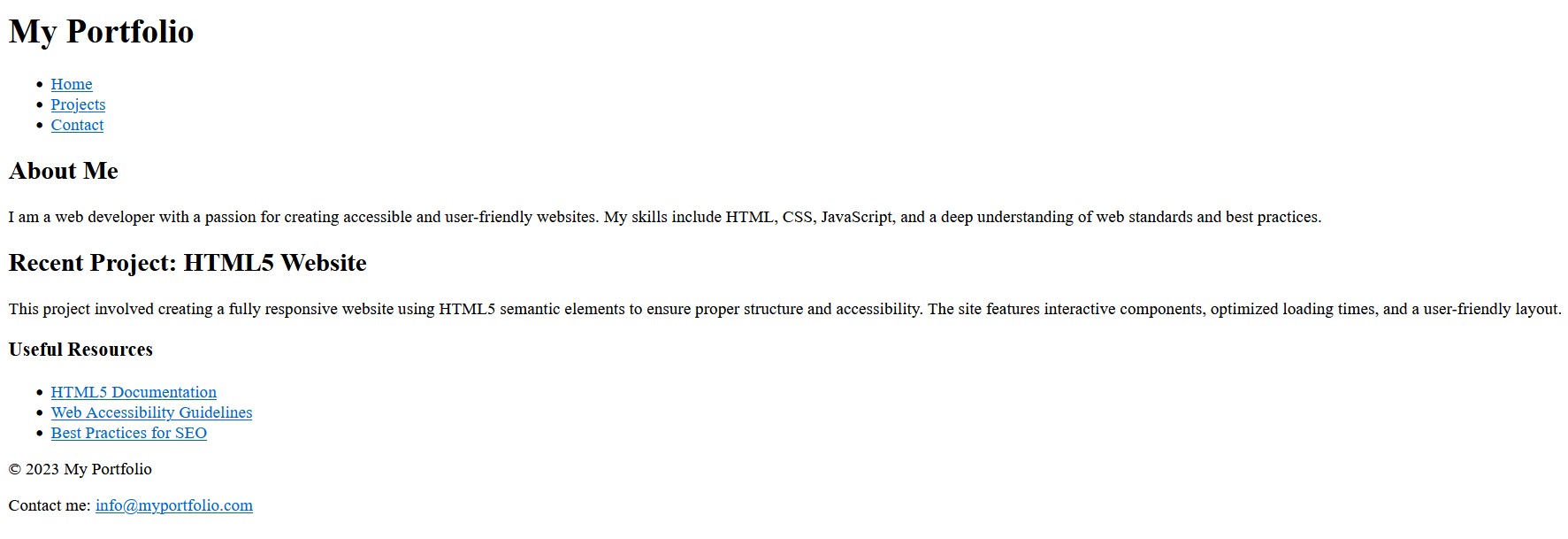
This example uses semantic tags like <header>, <nav>, <section>, <article>, <aside>, and <footer> to make the webpage easy to understand for both users and machines. Each tag clearly indicates the role of the content it contains, leading to a cleaner and more organized page.
Tips for Using Semantic HTML
Use the Right Tag for the Right Purpose: Avoid using generic tags like <div> when a more descriptive tag like <section> or <article> is appropriate. This practice will make your HTML more meaningful and easier to work with.
Combine Semantic Tags with ARIA Roles: Use ARIA (Accessible Rich Internet Applications) roles alongside semantic tags to enhance accessibility further. ARIA roles can provide additional context to assistive technologies, making your website more inclusive.
Think About Structure: Use semantic tags to create a logical structure that makes sense for both readers and search engines. A well-structured page makes it easier for users to find what they are looking for and for search engines to understand the importance of each part of your content.
Stay Consistent: Consistent use of semantic tags across your entire website helps maintain a cohesive structure. This consistency aids in both the development process and user experience.
Conclusion
HTML semantic tags are powerful tools that help you build webpages that are both user-friendly and easy for search engines to interpret. They also help improve website performance by providing a cleaner and more efficient DOM structure, which results in faster page loading and better user experience. By using tags like <header>, <section>, <article>, and <footer>, you create a structured and accessible webpage that not only looks organized but also ranks better in search engine results. Semantic tags make your code easier to maintain, enhance accessibility, and ensure a consistent user experience. If you're interested in learning more about HTML, visit our What is HTML? A Comprehensive Guide.
